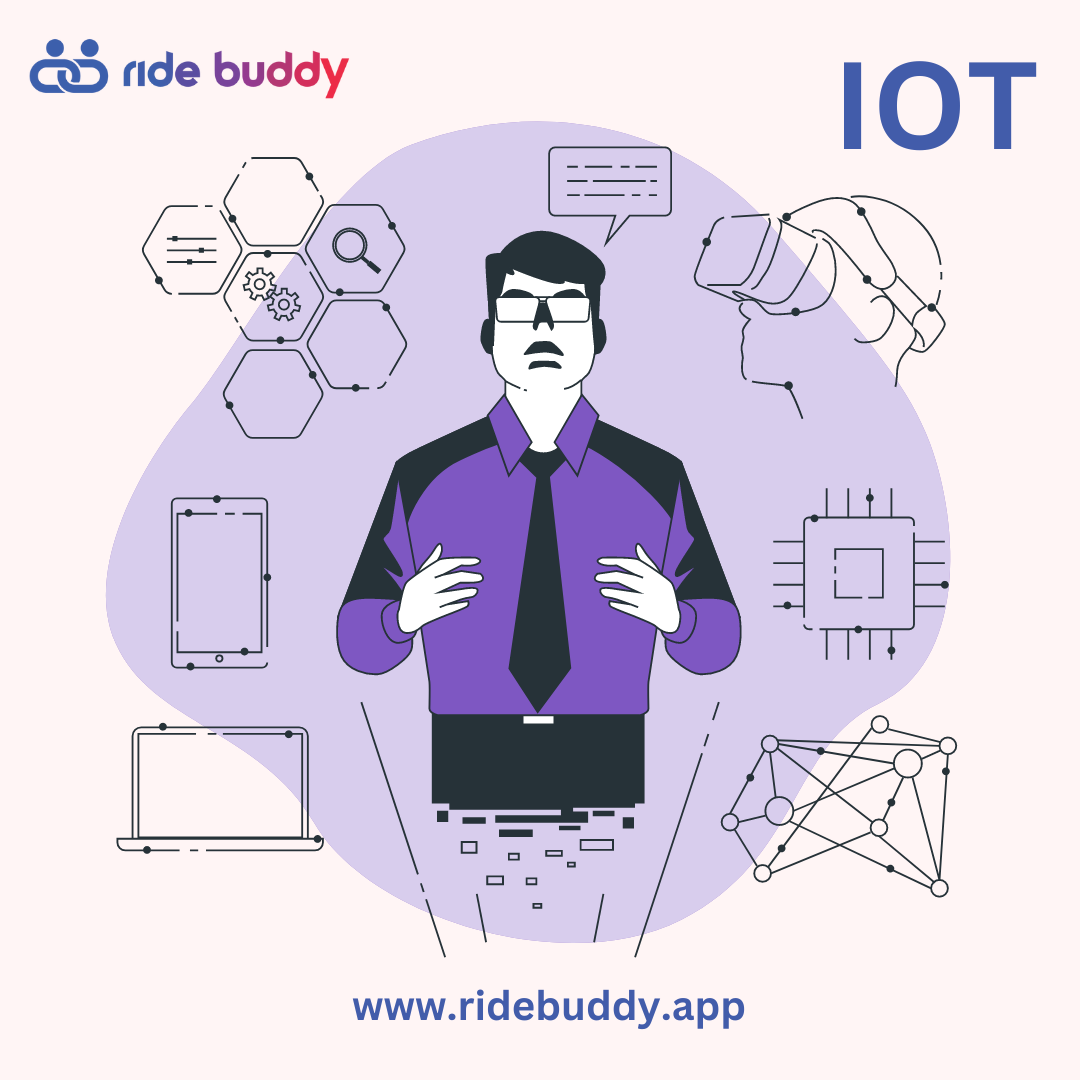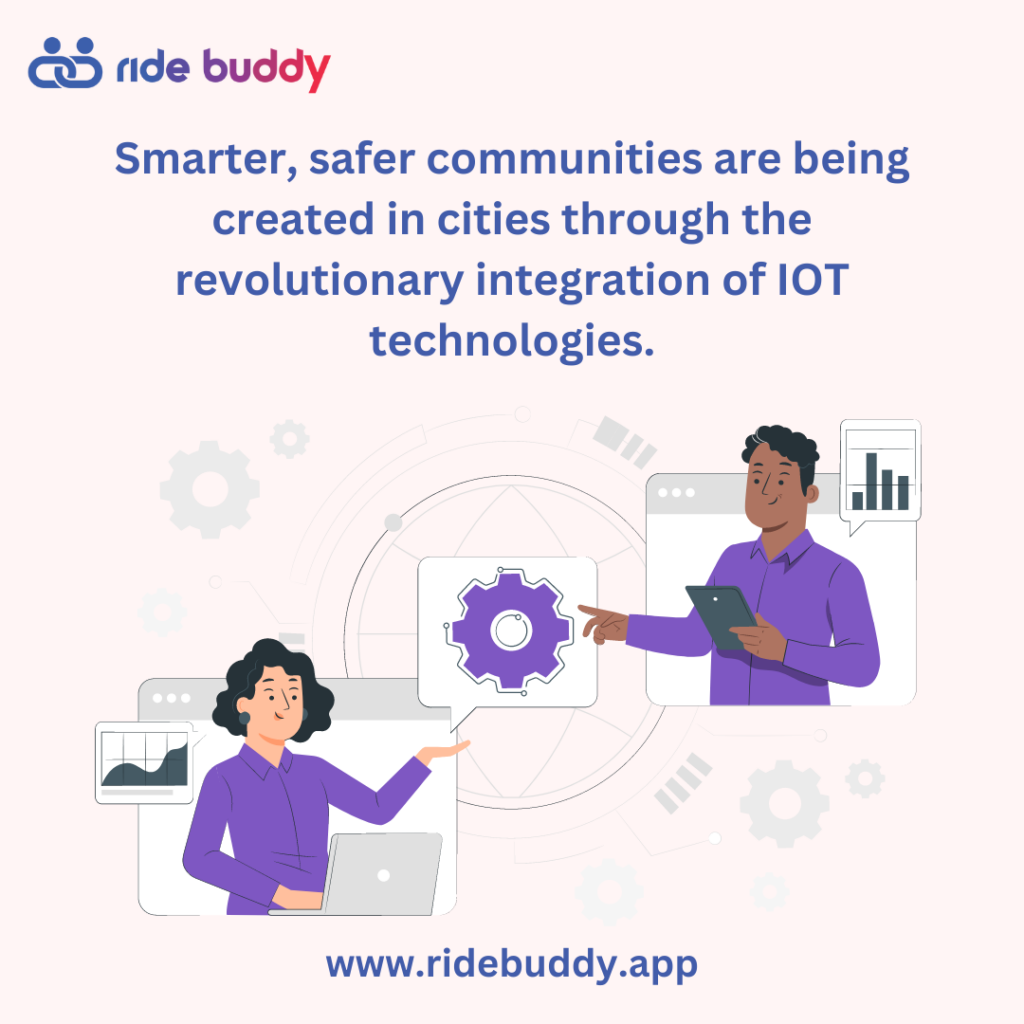
In a city that is constantly changing, the idea of safety is essential to both sustainable growth and the welfare of its residents. As our cities get more intricate and populated, it becomes more difficult to ensure the safety of people and property. But as the Internet of Things (IoT) has emerged, cities all around the world are changing dramatically to become safer and better places to live. In this blog, we explore how Internet of Things (IoT) technologies—especially those that incorporate security features like QR scanners—are changing urban safety norms, notably with regard to four-wheelers, and how this is expected to have a long-term influence on urban living.

Recognizing the Internet of Things
The Internet of Things (IoT) comprises a network of networked objects implanted with software, sensors, and other technologies that enable them to gather and share data. This interconnection facilitates the integration of different technologies in urban contexts, offering previously unheard-of chances to improve security and safety.
IoT-Based Security for Urban Mobility
Transportation is one of the main areas where IoT is significantly improving urban safety. The increasing prevalence of four-wheelers in urban areas across the globe has made it critical to guarantee the safety of both motorists and pedestrians. There are drawbacks to using conventional security measures like alarms and video cameras. IoT-powered solutions are useful in this situation.
Scan QR Codes to Open Up New Security Options
These days, QR (quick response) codes are everywhere. QR scanners, embedded into IoT devices, offer a flexible solution for improving security in a variety of urban safety settings.
Pedestrian Safety:
High-traffic locations and pedestrian crossings are good places to strategically deploy QR codes. Pedestrians can obtain real-time traffic information, receive alerts about potential hazards, and even report crises with a simple tap by scanning these codes with smartphones or dedicated IoT devices. By enabling pedestrians to make educated judgments in real time, this data interchange lowers the likelihood of accidents and raises overall safety.
Vehicle Security:
QR scanners offer 4-wheeler owners a cutting-edge way to improve vehicle security. Owners can remotely monitor the status of their vehicles, receive notifications in the event of unwanted access or tampering, and even track the whereabouts of their vehicles in real-time by attaching QR codes to them and connecting them with IoT-enabled systems. This high level of connectedness enables rapid recovery in the unfortunate event of a car theft, in addition to deterring potential thieves.
Public Transportation:
Regarding public transportation, QR scanners provide a more efficient method of ticketing and managing passengers. Transportation authorities can lower the risk of fraud and increase operational efficiency by switching from traditional paper tickets to digital tickets that are based on QR codes. In order to improve their entire commute experience, travelers can also use QR codes to access pertinent information like schedules, routes, and safety instructions.
The IoT’s Long-Term Effect on Urban Safety
Urban safety frameworks that use IoT technology, such as QR scanners, have the potential to significantly alter how cities operate and develop over time. IoT-enabled systems are able to anticipate and react to changing safety issues by utilizing machine learning algorithms, predictive modeling, and real-time data analytics. Furthermore, IoT solutions’ scalability and agility guarantee that they may develop in tandem with the shifting requirements of urban environments, benefiting communities for years to come.
In summary
The Internet of Things (IoT) is revolutionizing urban safety by enabling connected environments with data flow between devices and systems. This technology is transforming cities into smarter, safer communities for future generations, making safety a core component of life. It’s not just a choice but a duty to fully embrace the IoT’s potential.

It’s incredible that a single QR scanning code can hold so much valuable data.